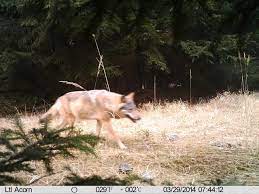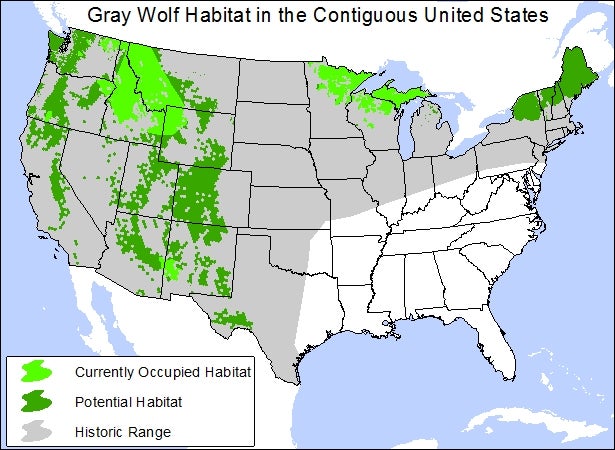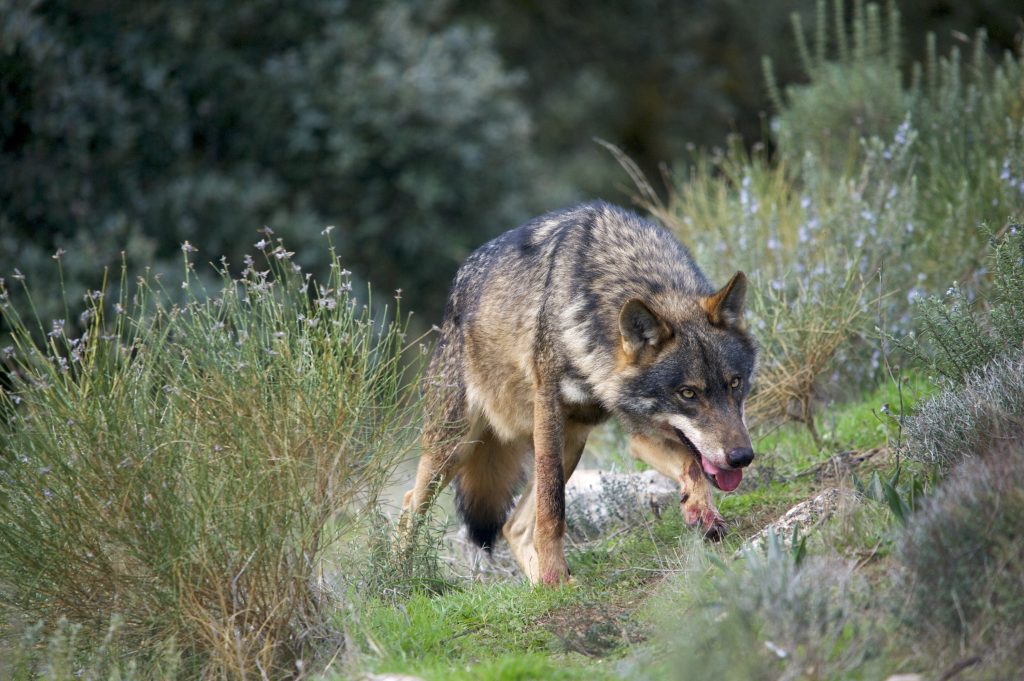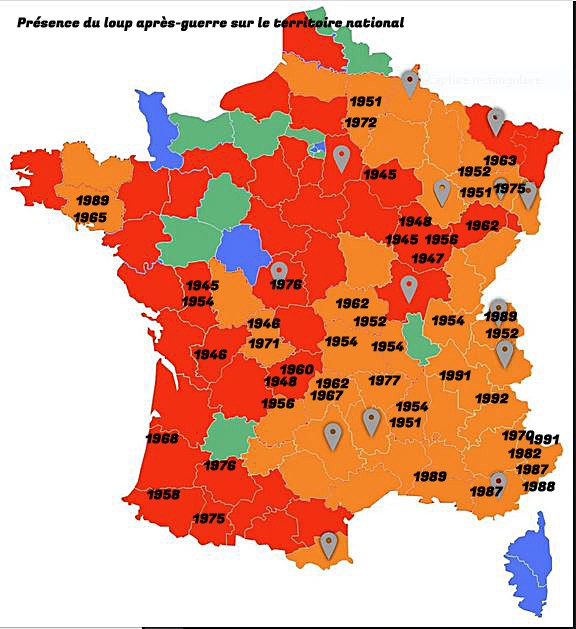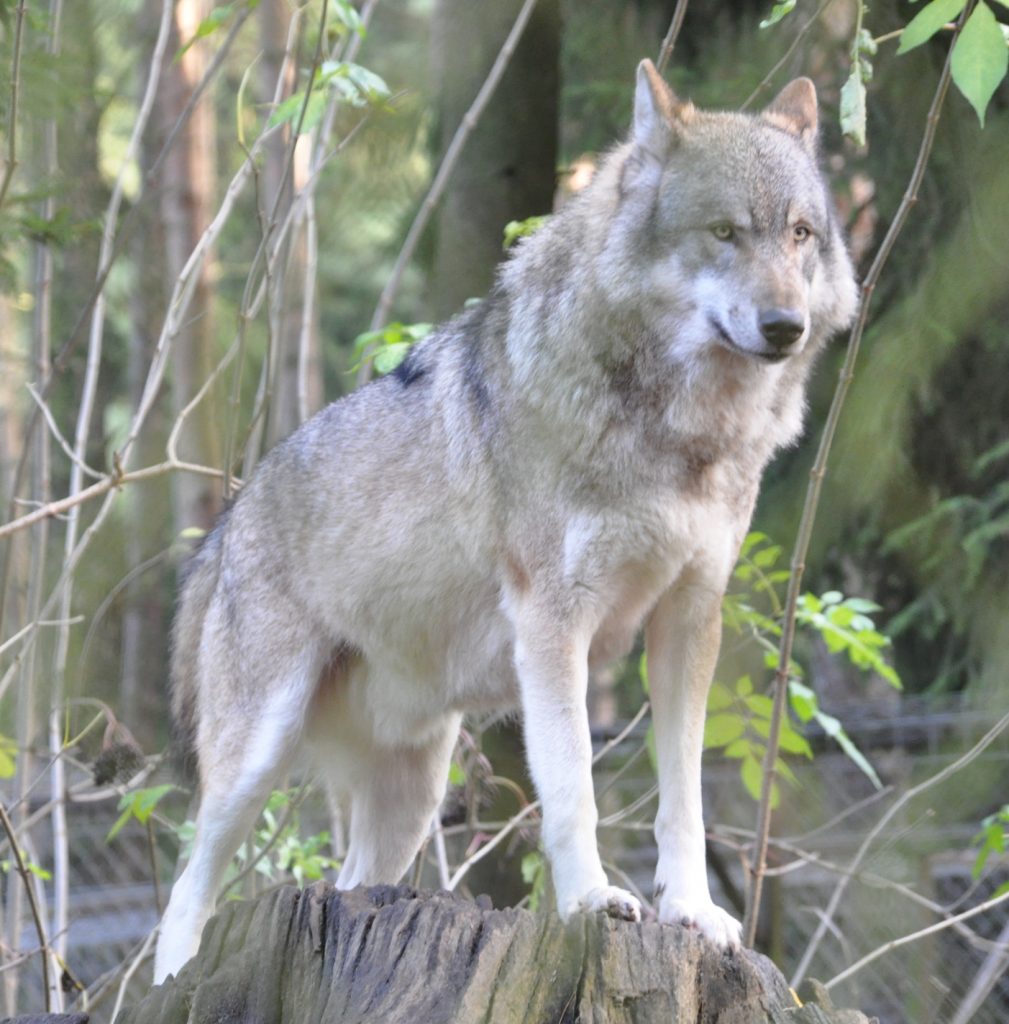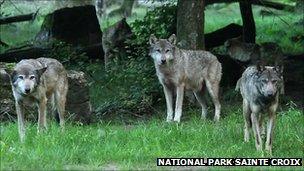Norway is a large country with only 5.4 million population. One would think therefore, that there would be plenty of space for healthy populations of wildlife. Indeed, one would be correct.
However, they draw the line at wolves.
At the start of the year, there was roughly 80 wolves in Norway. It seems foolish to need to say this, but this is not many for a country of this size. Similarly bears only number around 14, and lynx 350. With huge populations of musk ox deer elk and many other herbivores. This is clearly not enough predators.
Unfortunately this is not a view held by Norway.
51 wolves out of the population of 80 were due to be killed. This is clearly not a scientific cull, but one to placate hunters and farmers.
25 of the animals were due to be killed within four packs that live in the “Wolf zone” an area specifically set aside to protect predators. It is these wolves who have been given a stay of execution – conservationists argued that it is absurd to have an area set aside for nature, and to kill such a large proportion of a species that lives within it.
Conservation groups are taking the Nordic countries to court over their extreme hostile environment that they have for wolves. On Friday, Finland suspended licences to kill 3 packs of wolves specifically because of EU legistlation.
It is not wise to cull entire populations. Importantly, significant numbers of tourists visiting the Nordic region come for the wildlife. In other words, these animals are worth far more alive than dead.

